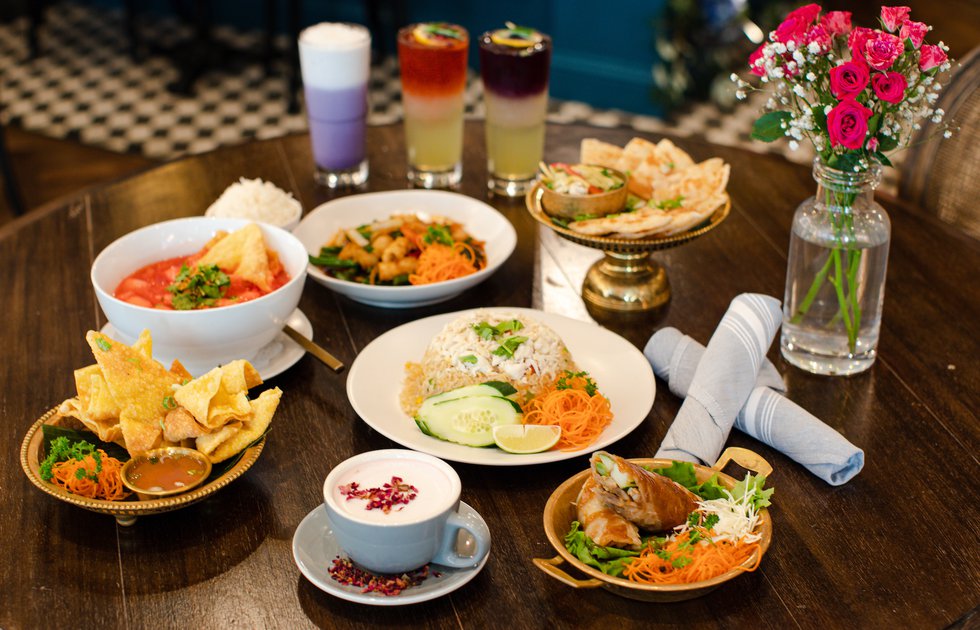Farm-to-table cuts are fueling a new dimension of fresh and local.

Fresh raw pork meat with ingredients ready for cooking on dark background. View from above with copy space.
IF YOU SIT DOWN OR ORDER TAKEOUT from just about any trendy restaurant these days, chances are that the menu makes some mention of “locally sourced” or “sustainable” ingredients, often wrapped up together under the umbrella term of “farm-to-table.” Just the idea of honest farmers personally bringing their crisp, fresh produce and meat from humanely cared for livestock directly to the restaurant itself is alluring.
And farm-to-table has also changed the way people cook at home, especially during the pandemic. Home chefs often visit their neighborhood farmers’ market to get their produce from local farmers. With consumer attention focused on environmental sustainability, animal welfare, and creating better and healthier food industries, many families exclusively purchase local.
“We’ve been in business for 11 years and have had a major emphasis on local for the last six,” says Keith Lebor, owner of Old Towne Butcher in Fredericksburg. Lebor’s meat assortment includes beef, pork, poultry, and lamb in addition to fish, eggs, dairy, produce, and local grocery items like sauces, desserts, and jellies. “Fresh meat, along with other fresh farm products, is attainable mostly through local farming,” Lebor says. “This, in turn, sup- ports more profitable agriculture and is better for the land and the local economy. Additionally, buying meats from a local butcher provides a much wider array of products and is a great source of information for the consumer.” With a 1.4 percent share in the meat market, according to recent Nielsen data, the organic meat segment—both fresh and processed—is still small within the total scope of the industry. However, that’s changing as the idea of seasonal, fresh, and locally grown meat becomes increasingly popular. “The trends have slowly been growing for years,” Lebor says. “Many people want to buy more sustainable products, are interested in healthier options, and are demanding better food. Local butchery does all of these things.”
Fresh meats are also an important part in the supply chain of the meat curing industry. “If you do not start with the best ingredients, you can not expect to cure out the best,” says Samuel W. Edwards III, owner of Edwards Smokehouse in Surry, a family business that has been around for 95 years. Nowadays it is using fresh pork from breed-specific, pre-industrialized pork like Berkshire, Red Wattle, Big Blacks, Iberico, and Tamworths that are pasture-raised, antibiotic-free, and humanely treated. “This is important to fresh pork’s flavor profile, making it essential to the finished cured product,” Edwards says.
And what are the pros tips for the grill? “Do not overcook,” Edwards says. “I think people tend to overcook on the grill, which dries out the pork.” And Lebor has two fast rules for proper fire etiquette. “First, start with a great product,” he says. “Grilled foods are not typically heavily seasoned, so you’re going to want great flavor from the steak, chicken, chop, or fillet that is the centerpiece of your meal.” His second rule: Don’t be proud. “There is no shame in using a thermometer, and it will be your most valuable tool,” Lebor says.
This article originally appeared in the June 2021 issue.








